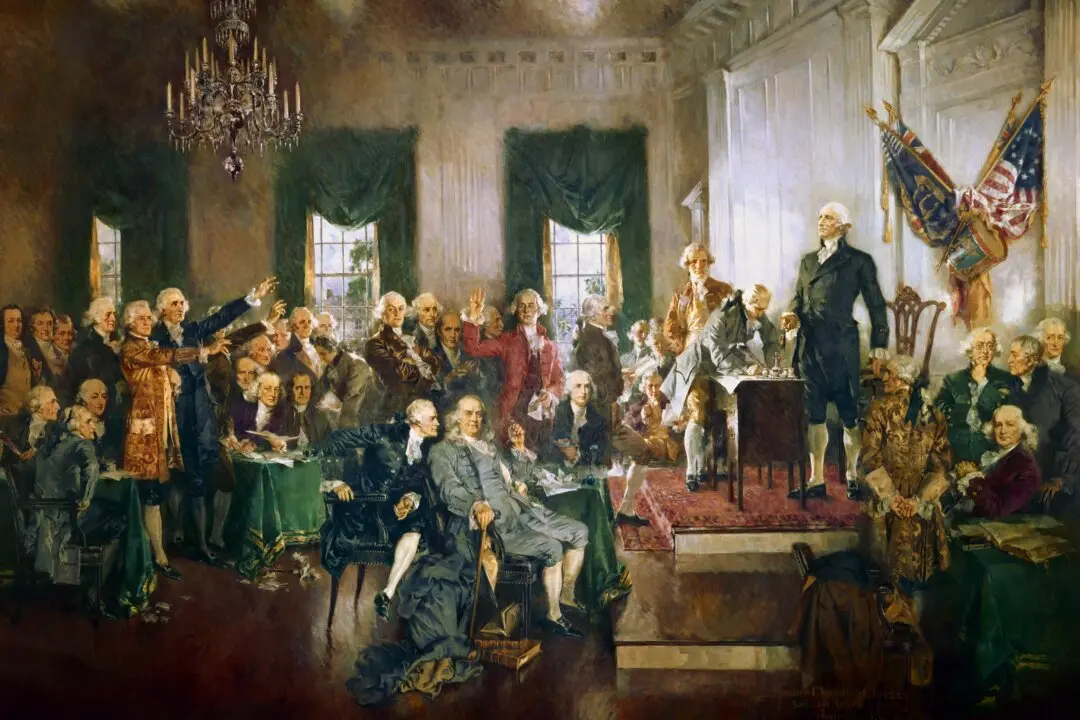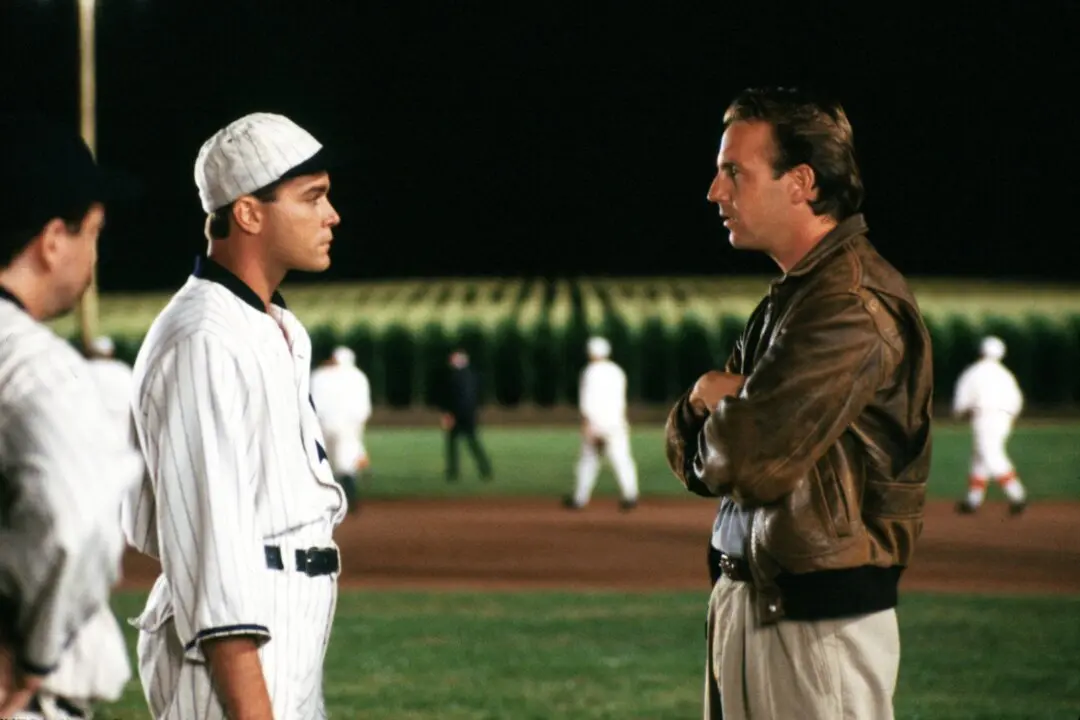G | 3h | Drama, Comedy | 1971
Legend has it that studio executives, apparently unaware that director Norman Jewison was Christian, met him to discuss their film “Fiddler on the Roof” (1971). Upon hearing of their ambitious musical, Jewison said, “You know I’m not Jewish, right?” A wink and a nudge has followed the film ever since, but a twinkle in the eye came first.




